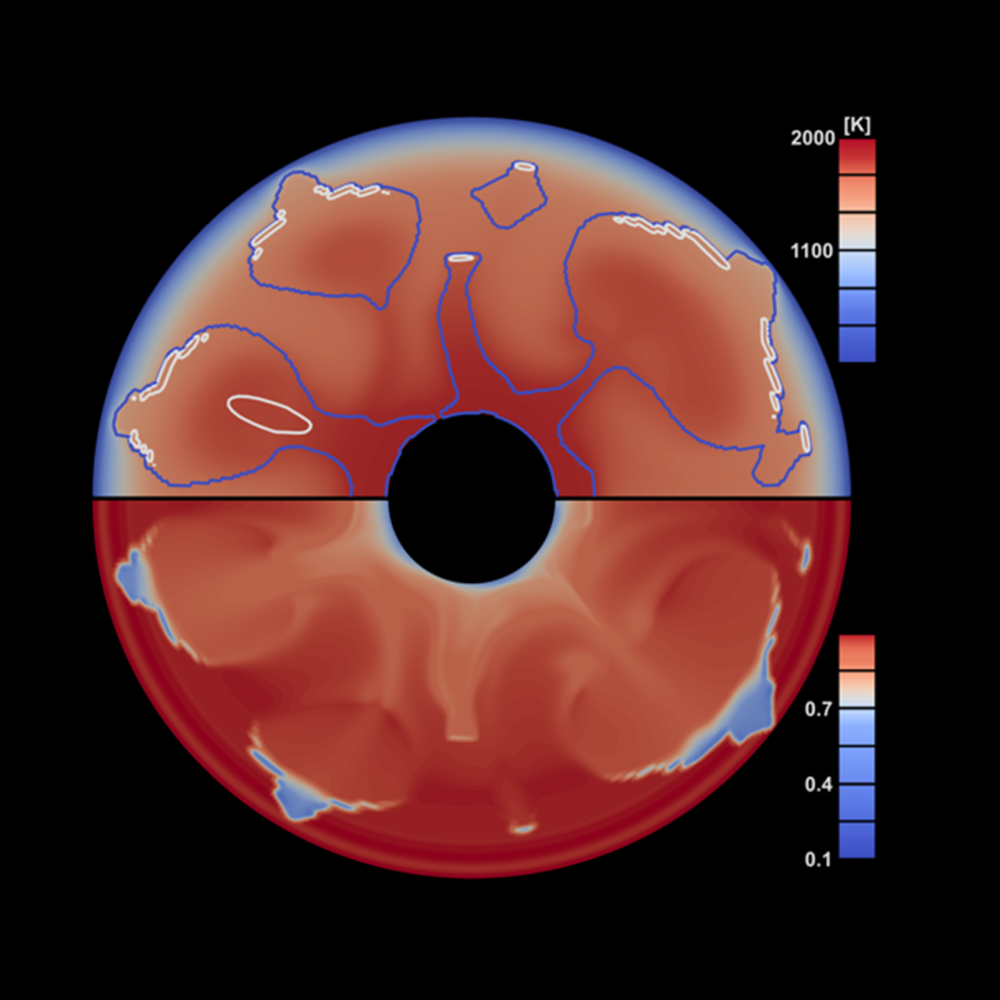2023-09-20 インペリアル・カレッジ・ロンドン(ICL)
◆研究では、2020年に国内ロックダウンと通勤者数の減少とともに一部の汚染物質の減少が観察された一方、2021年には制限緩和後にこれらの物質の濃度が再び増加したことが示されました。
◆研究は、大都市の河川システムにおける汚染物質の変化を追跡する最大の研究であり、下水処理施設と結合下水溢流が化学的リスクの主要な源であることも明らかになりました。この研究は、人間活動の変化と下水処理が河川の健康に与える影響を評価するために活用できる可能性があります。
<関連情報>
- https://www.imperial.ac.uk/news/247874/river-sampling-study-shows-impact-covid-19/
- https://www.sciencedirect.com/science/article/pii/S016041202300483X?via%3Dihub
SARS-CoV-2パンデミックを通してロンドンの水路に出現した懸念すべき汚染物質に関するワンヘルス環境リスク評価 A ONE-HEALTH ENVIRONMENTAL RISK ASSESSMENT OF CONTAMINANTS OF EMERGING CONCERN IN LONDON’S WATERWAYS THROUGHOUT THE SARS-CoV-2 PANDEMIC
Melanie Egli, Helena Rapp Wright, Olukemi Oloyede, William Francis, Rhys Preston-Allen, Stav Friedman, Guy Woodward, Frédéric B. Piel, Leon P. Barron
Environment International Available online 14 September 2023
DOI:https://doi.org/10.1016/j.envint.2023.108210

Highlights
•98 contaminants of emerging concern detected in London’s rivers (2019–21)
•Lower pharmaceutical concentrations during lockdown in Rivers Hogsmill and Thames.
•21 compounds had risk quotients >0.1 in seven of 14 water bodies tested.
•Imidacloprid of highest and increasing urban risk despite ban in agriculture in 2018.
•Low flow, wastewater-impacted waterways at higher risk from CECs.
Abstract
The SARS-CoV-2 pandemic had huge impacts on global urban populations, activity and health, yet little is known about attendant consequences for urban river ecosystems. We detected significant changes in occurrence and risks from contaminants of emerging concern (CECs) in waterways across Greater London (UK) during the pandemic. We were able to rapidly identify and monitor large numbers of CECs in n=390 samples across 2019–2021 using novel direct-injection liquid chromatography-mass spectrometry methods for scalable targeted analysis, suspect screening and prioritisation of CEC risks. At total of 10,029 measured environmental concentrations (MECs) were obtained for 66 unique CECs. Pharmaceutical MECs decreased during lockdown in 2020 in the R. Thames (p≤0.001), but then increased significantly in 2021 (p ≤0.01). For the tributary rivers, the R. Lee, Beverley Brook, R. Wandle and R. Hogsmill were the most impacted primarily via wastewater treatment plant effluent and combined sewer overflows. For the R. Hosgmill in particular, pharmaceutical MEC trends were generally correlated with NHS prescription statistics, likely reflecting limited wastewater dilution. Suspect screening of ∼1,200 compounds tentatively identified 25 additional CECs at the five impacted sites, including metabolites such as O-desmethylvenlafaxine, an EU Watch List compound. Lastly, risk quotients (RQs) ≥0.1 were calculated for 21 compounds across the whole Greater London freshwater catchment, of which 7 were of medium risk (RQ ≥1.0) and three were in the high-risk category (RQ ≥10), including imidacloprid (RQ=19.6), azithromycin (15.7) and diclofenac (10.5). This is the largest spatiotemporal dataset of its kind for any major capital city globally and the first for Greater London, representing ∼16 % of the population of England, and delivering a foundational One Health case study in the third largest city in Europe across a global pandemic.



